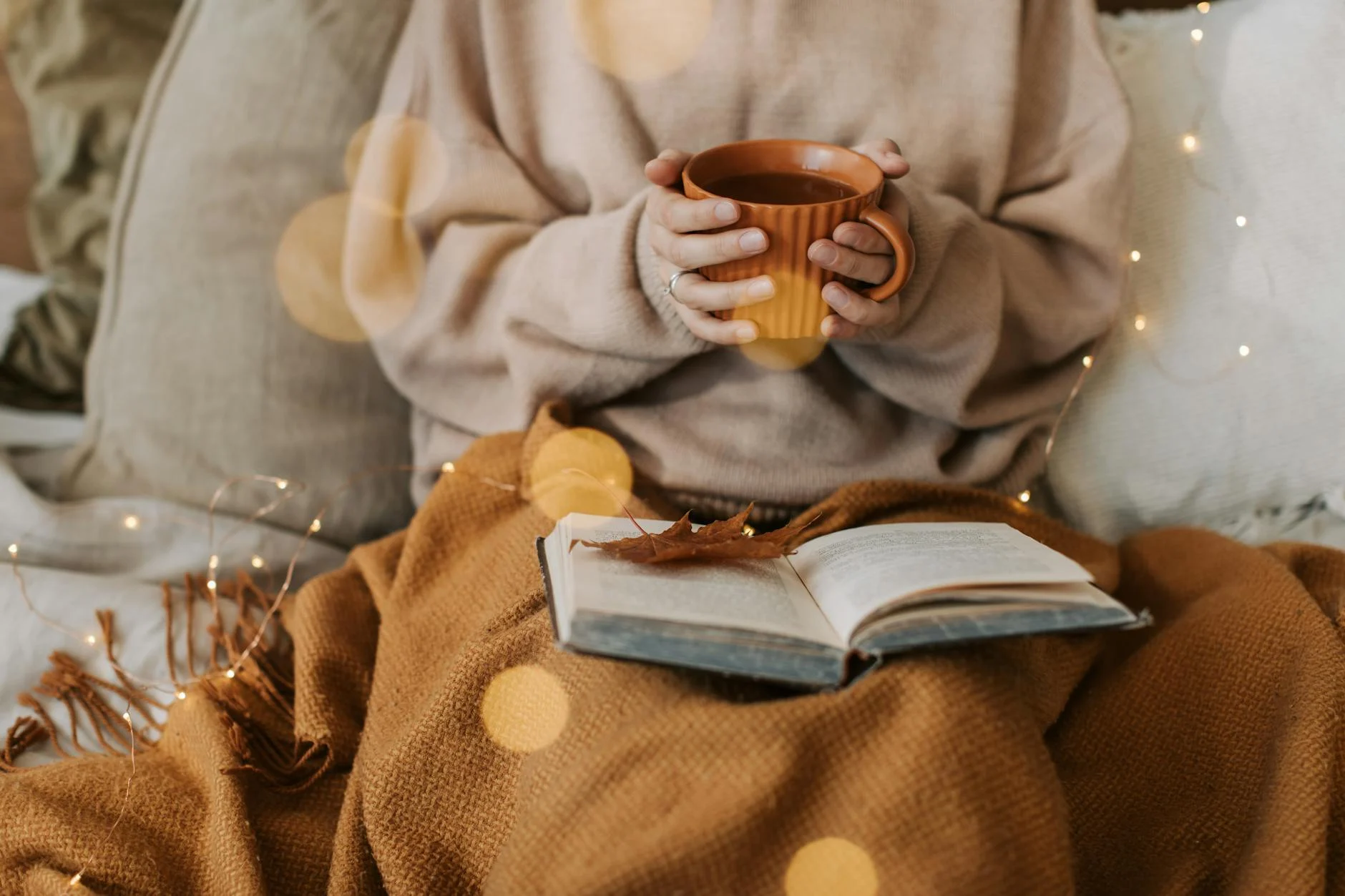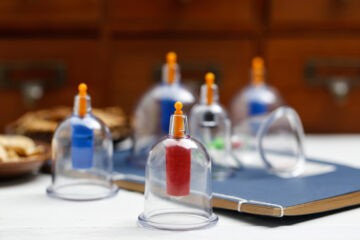
DIY Cupping at Home: Safety Tips, Techniques, and Best Practices
Introduction
Cupping therapy is an ancient form of alternative medicine that has gained popularity for its potential to alleviate pain and promote relaxation. Many individuals are now interested in exploring the benefits of cupping therapy from the comfort of their own homes. However, it’s crucial to understand the safety considerations, proper techniques, and best practices to ensure a positive experience. In this article, I will provide valuable insights on how to safely perform DIY cupping at home, covering essential safety tips, techniques, and best practices.

Safety Tips for DIY Cupping at Home
When engaging in cupping therapy at home, prioritizing safety is paramount. Before beginning the cupping process, it’s essential to thoroughly cleanse the skin to prevent any potential infections. Additionally, individuals with certain health conditions such as diabetes or skin conditions should consult a healthcare professional before attempting DIY cupping. For those new to cupping, it’s advisable to start with shorter sessions to assess individual reactions and prevent any adverse effects.
Techniques for Effective DIY Cupping
Understanding the appropriate cupping techniques is crucial for a successful at-home experience. It’s important to select the right type of cups, such as silicone or glass cups, based on personal preferences and comfort. Applying oil to the skin before placing the cups helps create the necessary suction for the cups to glide smoothly. Utilizing techniques like gliding the cups in various motions and draining towards lymph nodes can enhance the overall effectiveness of the therapy. For detailed guidance on cupping techniques, referring to expert resources can be highly beneficial.
Best Practices for Optimal Results
To ensure the best possible outcomes from DIY cupping at home, integrating best practices into the therapy session is essential. Adequate hydration before and after the cupping session can support the body’s natural healing processes. Following a session, it’s recommended to gently massage the treated areas to alleviate any residual discomfort. Exploring different cupping variations and adjusting the intensity based on individual comfort levels can contribute to a more personalized and effective experience.
For further insights on cupping variations and advanced techniques, referring to reputable sources such as Magnolia Wellness and Lure Essentials can provide valuable information.
Conclusion
In conclusion, DIY cupping at home can be a rewarding and beneficial practice when approached with caution and knowledge. By adhering to essential safety tips, mastering the appropriate techniques, and adopting best practices, individuals can experience the potential benefits of cupping therapy in a home setting. For those seeking professional guidance or advanced cupping treatments, NoWeigh Premium Wellness and Weight Loss in Cape Town, Western Cape offers comprehensive solutions to address weight loss needs and provides expert medical cupping services.
Remember, the key to a successful DIY cupping experience lies in informed decision-making, meticulous preparation, and a commitment to well-being. Embracing the ancient art of cupping in a home environment can be a transformative journey toward holistic wellness.



